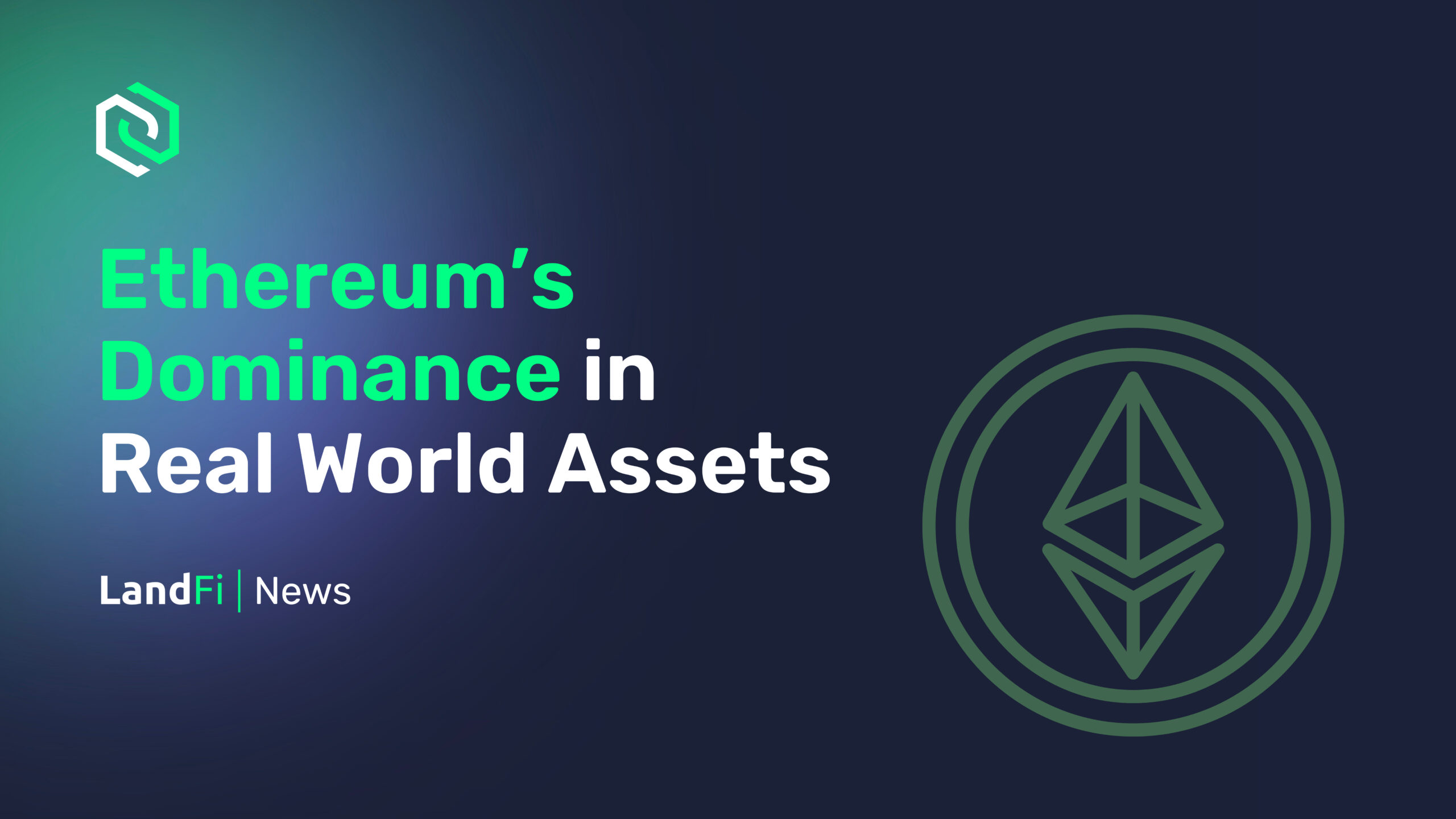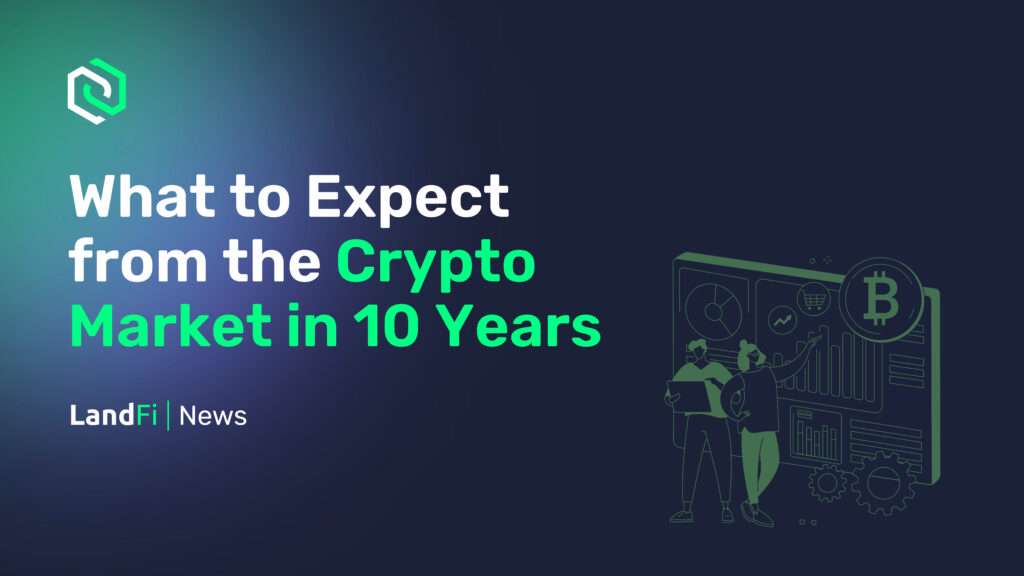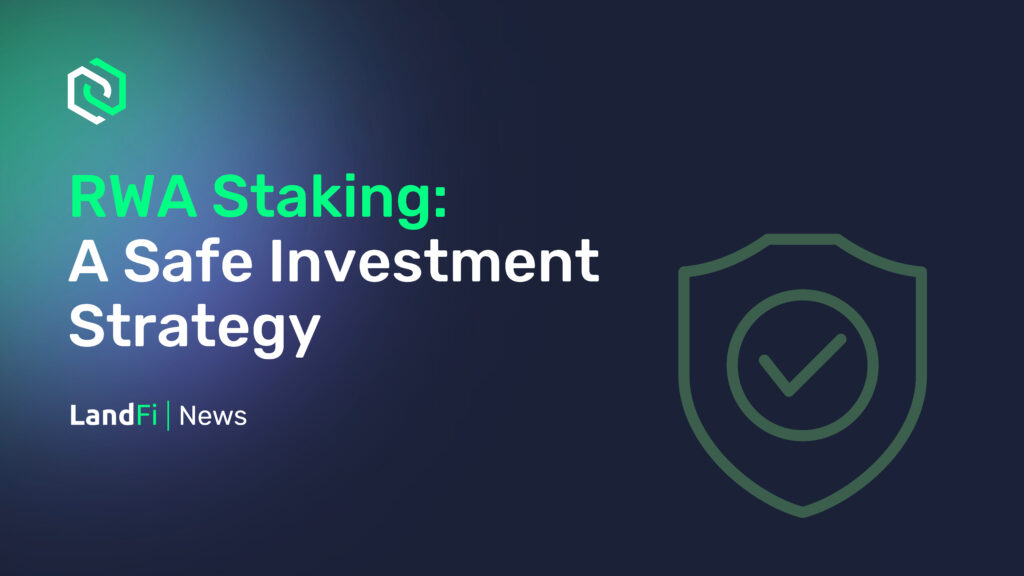At LandFi, our mission is to unlock the true value of real-world assets (RWAs), starting with land and real estate, by bringing them onto the blockchain. But building in Web3 requires choosing a foundation that offers long-term reliability, security and liquidity. For us, that foundation is Ethereum.
In this article, we’ll break down why Ethereum remains the clear leader in RWA infrastructure and why we chose to launch LandFi on Ethereum’s network.
Network Trust: Ethereum Is the Gold Standard
When it comes to RWAs, trust is non-negotiable. You’re not just dealing with yield farming or memecoins, you’re dealing with tangible assets that often involve regulatory compliance, real-world ownership, and institutional-grade diligence. That means the underlying blockchain has to be bulletproof.
Ethereum has the longest track record of security and decentralization in the smart contract ecosystem. With over $100 billion in value secured and more nodes than any other chain, Ethereum’s infrastructure is mature, battle-tested, and highly trusted by both retail and institutional users. From DeFi protocols to NFT marketplaces, the most critical applications in Web3 rely on Ethereum.
For LandFi, this level of trust is essential. Whether you’re injecting real-world revenue from real-estate businesses or enabling participation in decentralised staking models, users need to know that the smart contracts managing those rewards are secured by the strongest possible network.
Liquidity: Ethereum Has the Deepest Capital Pools
Bringing RWAs on-chain only makes sense if you can unlock liquidity. Ethereum not only hosts the largest DeFi ecosystem, it also has the deepest and most diverse liquidity pools in crypto.
Protocols like Uniswap, Aave and MakerDAO are native to Ethereum and collectively move billions in daily volume. This means RWA projects on Ethereum are able to tap into ready-made capital markets, which is essential for lending, secondary sales or leveraging tokenized assets.
At LandFi, our vision includes building real-time marketplaces for land ownership, yield-generating mechanisms for land-based assets, and new financial primitives around real estate. Doing that without liquidity is a non-starter. Ethereum’s liquidity gives us and our users the flexibility to innovate.
Integrations: Ethereum Is the Hub for RWA Innovation
The real-world asset space is growing fast and Ethereum is the centre of gravity.
From tokenized U.S. Treasuries and real estate to carbon credits and invoice financing, nearly every major RWA project is either built on or integrated with Ethereum. That includes platforms like Centrifuge, Maple, Goldfinch and OpenZeppelin’s contracts for RWA compliance.
By building LandFi on Ethereum, we’re not starting from scratch. We’re tapping into a robust ecosystem of tools, standards, oracles, custodians and KYC providers already tailored to RWA applications. This makes integrations with lending protocols, fiat on/off-ramps, legal frameworks and audit services far more seamless.
Why Ethereum?
We often hear the question: why not use a faster or cheaper chain? But when it comes to real-world assets, the priority isn’t shaving cents off transaction fees – it’s about trust, longevity, and secure infrastructure.
Ethereum remains the most battle-tested and decentralised smart contract platform in Web3. With gas fees significantly reduced and a thriving ecosystem of Layer 2s enhancing scalability, it offers the ideal foundation for a compliance-first RWA project like LandFi.
While we’re open to evolving alongside Ethereum’s ecosystem, our core logic – the contracts that manage staking, rewards, and governance – will always anchor to Ethereum as the source of truth.
Final Thoughts
LandFi is built on Ethereum because Ethereum is built for trust, liquidity and composability, the pillars that RWA projects need to scale. We’re not just placing digital land plots on-chain. We’re redefining how land is owned, financed and accessed by anyone with an internet connection.
By choosing Ethereum, we’re aligning with the most secure, liquid, and integrated ecosystem in crypto. That’s not just a technical decision, it’s a strategic one.
Visit the LandFi Website
Read the Whitepaper
Join the Community


